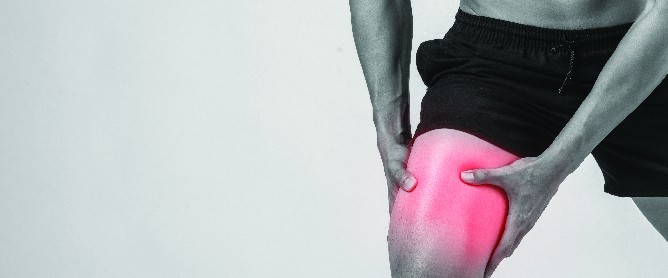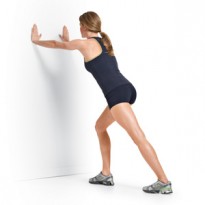
What Are Leg Cramps?
Leg cramps, also called muscle spasms, occur when leg muscles tighten for a period of time. They can last anywhere from a few seconds up to 10 minutes, but the pain can linger for much longer.Leg cramps usually affect the lower legs but can also affect the thigh and feet areas. They can be quite painful and as they often occur at night time can be a major disturbance of sleep for a lot of people.
What Causes Leg Cramps?
In most cases the cause is not known. However in some cases leg cramps can be a symptom of an underlying condition. If your leg cramps occur after walking a short distance and recover with rest this may indicate circulation issues such as peripheral arterial disease.Other causes of leg cramps include:
- Side effect of some medications
- Dehydration
- Over exertion of muscles
- Pregnancy
- Excess alcohol
What Treatments Are Available?
Often stretching and massaging the cramped area will be enough to stop a cramp during an attack and some muscle relaxants may also help. These practices will only help the cramp from easing during an attack, but will not prevent more cramps from occurring.If you are experiencing regular leg cramps it’s advisable that you visit a doctor. Treatment for leg cramps will depend on whether there are underlying issues causing them. Depending on the cause of the cramps your Doctor may recommend that you get a duplex ultrasound scan to see what is going on inside your legs and to check for underlying venous insufficiency, or other conditions.
Circulation devices such as Veinoplus can also help to improve circulation. Even one 30 minute session every day can help reduce the risk of night cramps. Click here for more information on the Veinoplus circulation device.
How can I prevent leg cramps?
Circulation is often the key to preventing leg cramps, so make sure you’re exercising regularly. Walking is a great way to improve blood circulation, just 30 minutes of walking every day can make a great improvement.Elevating legs is also important, especially for those who are on their feet a lot. Sit with your legs in a raised position at the end of each day to help drain the blood back up the legs. Raising legs above heart level will have the best results here so sit with raised legs for 20 minutes and rotate your ankles at the same time to further improve circulation.
As with any health condition, if night cramps are a symptom of an underlying issue then it’s important to treat the underlying cause. See your doctor to discuss the best option for you, as they will be able to make the best recommendation based on your circumstances.
Other tips to prevent leg cramps include:
- Stretch well before and after any exercise
- Drink plenty of water, especially when exercising
- Keep active
- Have a healthy diet – check out our article on foods that help aid circulation
- Keep the blankets and sheets loose at the end of your bed, so as to give your feet and legs room to relax throughout the night
- if you experience night cramps then it’s a good idea to do some stretches before bed, even riding a stationary bike for a few minutes may help prevent night cramps

- Stand directly in front of a wall, facing it.
- Take a big step backwards with one leg keeping both legs flat on the ground, stretching the back of the outstretched leg.
- Slowly move your hands up the wall so as to increase the stretch.
- Hold position for 30 seconds. Release.
- Repeat twice more and swap legs.









